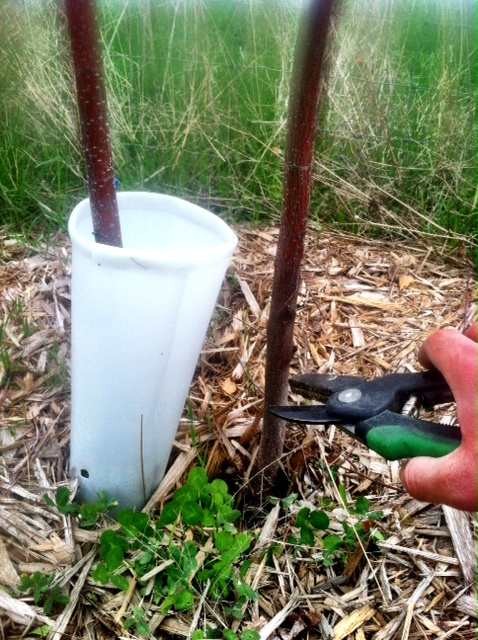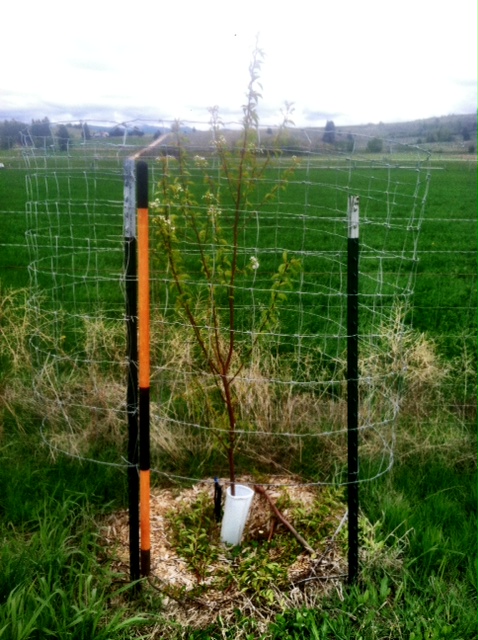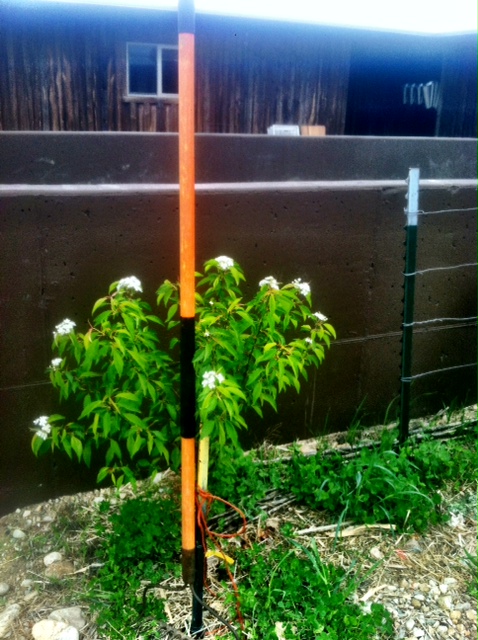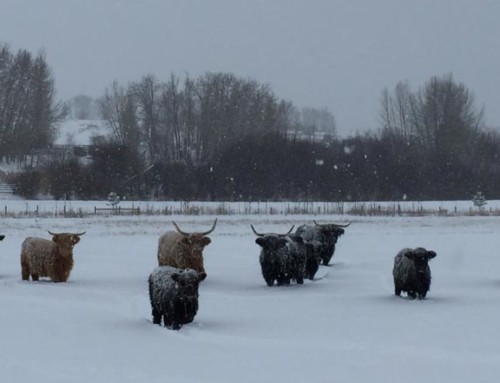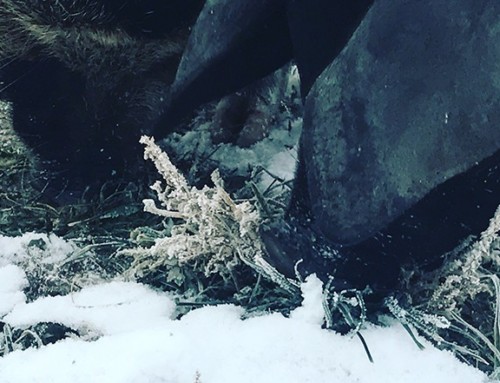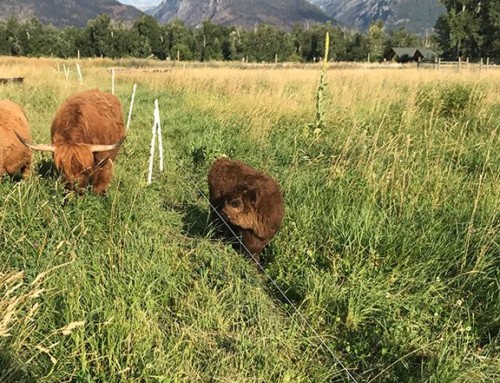Yesterday, we had a group of 4th graders visit ABC acres on a field trip. They were quickly charmed by Cargo, our outgoing and friendly barn cat, and were captivated by the crater garden, farm animals, and learning how to plant their own pumpkin seed in a repurposed yogurt cup they took home with them. Among the constant stream of questions and comments the youngsters presented, one boy stated, “wow, you guys sure have planted a lot of trees.” The kid was right on the money with his observation. We have planted well over 6,000 trees or shrubs in the past 3 1/2 years, with plans to plant another couple grand of them in the next 6 weeks.
Throughout our ongoing labor of love with woody perennial plantings we have learned much; some through research, some through experience, and some through observing the natural forests around us. We have experimented with various techniques, finding we can stimulate the growth rate of some trees by actually creating some good old-fashioned healthy competition between them.
We do this by planting 2 bare root trees in the same planting hole. The trees then race skyward to try and fill the space before their competitor. This is similar to what occurs when there is an opening in the canopy of a healthy forest. The young trees that have been waiting in the shade of the taller trees race upward to be the successor of the top of the forest. We have come back a year later and are now declaring the winners, with the losers being cut down and used as mulch for the winning tree. Brutal, I know, but our brutality leads to one healthy and vigorous tree instead of two trees weakened by too long of a time of close-quarters combat. In wanting to make a good first impression with visitors to the ranch, we did this with some pin cherry trees along our main drive in an attempt to produce taller, more impressive specimens while also saving money. After all, when you are planting thousands of trees, the costs can add up rather quickly.
You may be thinking that with cost as a concern, our method of planting 2 trees in one hole would be wasteful and counterintuitive to saving money. Bare root trees, especially in bulk orders, typically go for $1.50 to $4.50 per tree for 12-18 inches tall trees, depending upon species and number ordered. compare that to $12 to $40 for potted plants of the same variety at a local garden center, and you quickly can see that even planting 2 bare roots in one hole is a big cost savings over one potted plant. Plus, we get the added benefit of taller trees sooner, and who doesn’t want that?
The results of our experiment were promising for us. The pin cherry trees we engaged in mortal combat grew from thin 14-16 inch wisps to over 6 feet in some cases. In contrast, a pin cherry we planted by itself was more complacent, and grew to just over 3 feet tall. If you think about the increased size of our 2-in-1 trees, and the value of a tree twice as tall as another, it actually makes more financial sense in terms of value to go with the 2-in-1 planting method. A final thought and benefit to the 2-in-1 method is that if 1 of the trees dies, as can certainly be the case in tree planting, you are still likely to have the other planted alongside it survive, leaving you a year ahead in terms of your tree growth than if you had to replant that hole once again. Nature has once again taught us a way to improve our human-managed land by learning a lesson from the forest ecosystem, and applying here at ABC acres.
Blessings,
Grant


